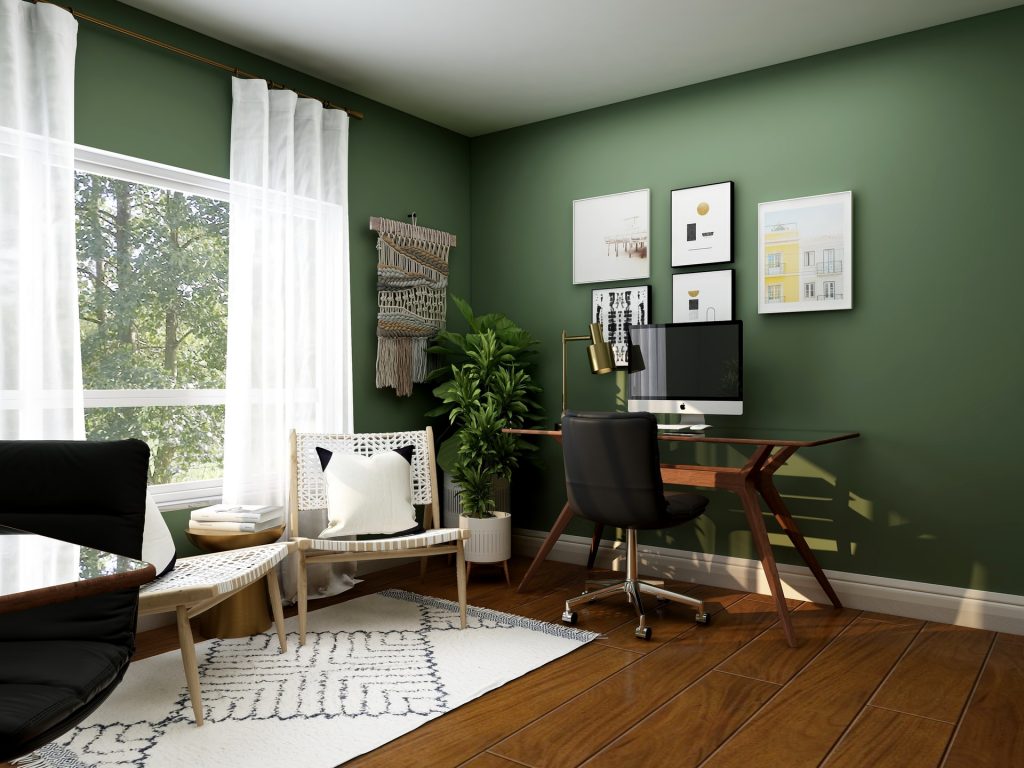
Introduction
The traditional concept of a dining room as a dedicated space for formal meals and gatherings has evolved over time, reflecting shifting lifestyles and dining habits. As contemporary homeowners seek greater flexibility and functionality in their living spaces, the question of what to do with an unused dining room becomes increasingly relevant. In this article, we explore creative solutions for repurposing dining rooms into versatile and dynamic spaces that enhance daily living experiences and cater to diverse interests and activities.
Transforming the Space
Functional Conversion
Unused dining rooms offer a blank canvas for transformation into functional spaces that better align with the needs and preferences of homeowners. Converting the space into a home office or study provides a dedicated workspace for remote work, studying, or creative pursuits. Alternatively, transforming the dining room into a creative studio or craft room offers a haven for artistic expression and hands-on projects. For book lovers and avid readers, repurposing the dining room into a library or reading nook creates a cozy retreat for leisurely reading and relaxation.
Entertainment Zone
Repurposing an unused dining room into an entertainment zone opens up a world of possibilities for leisure and recreation. Transforming the space into a home theater or media room creates an immersive cinematic experience for movie nights and gaming sessions. Alternatively, converting the dining room into a game room or lounge area provides a casual setting for socializing and entertainment. For those who enjoy hosting gatherings and cocktail parties, repurposing the dining room into a bar or cocktail lounge offers a stylish and sophisticated space for entertaining guests.
Multi-Purpose Use
Maximizing the versatility of an unused dining room involves embracing multi-purpose functionality to accommodate various activities and interests. Transforming the space into an exercise or yoga studio provides a dedicated area for physical fitness and wellness practices. Alternatively, repurposing the dining room into a guest bedroom or accommodation offers overnight visitors a comfortable and inviting retreat. For individuals with specific hobbies or interests, converting the dining room into a hobby or special interest room provides a dedicated space for pursuing creative endeavors and personal passions.
Design Inspiration
Decor and Furnishing Ideas
Repurposing an unused dining room requires careful consideration of decor and furnishing ideas that maximize functionality and aesthetics. Selecting versatile furniture, such as convertible tables or modular seating, allows for easy adaptation to different activities and layouts. Incorporating space-saving storage solutions, such as built-in shelving or concealed cabinets, helps minimize clutter and maximize usable space. Adding creative decor and artwork, such as wall murals or gallery displays, infuses personality and style into the space.
Lighting and Ambiance
Lighting plays a crucial role in setting the mood and ambiance of a repurposed dining room, enhancing its functionality and visual appeal. Incorporating task lighting, such as adjustable desk lamps or pendant lights, provides focused illumination for specific activities like reading or working. Ambient lighting, such as recessed ceiling lights or dimmable fixtures, creates a warm and inviting atmosphere for relaxation and entertainment. Accent lighting, such as wall sconces or spotlights, highlights architectural features and decor elements, adding depth and visual interest to the space.
Personalization and Customization
Repurposing an unused dining room offers an opportunity for personalization and customization to reflect individual taste and style. Choosing decor elements and furnishings that resonate with personal preferences and interests creates a space that feels uniquely yours. Incorporating meaningful elements, such as family photos or heirloom pieces, adds sentimental value and character to the room. Designing the space with flexibility in mind allows for easy adaptation to changing needs and preferences over time.
In conclusion
Repurposing an unused dining room opens up a world of possibilities for homeowners to maximize the functionality and enjoyment of their living spaces. By embracing creativity and innovation, individuals can transform these underutilized areas into dynamic and versatile spaces that cater to their specific needs and interests. Whether it’s creating a home office for remote work, a cozy reading nook for relaxation, or an entertainment zone for social gatherings, the key lies in reimagining the potential of these rooms and designing them to enhance daily living experiences.



